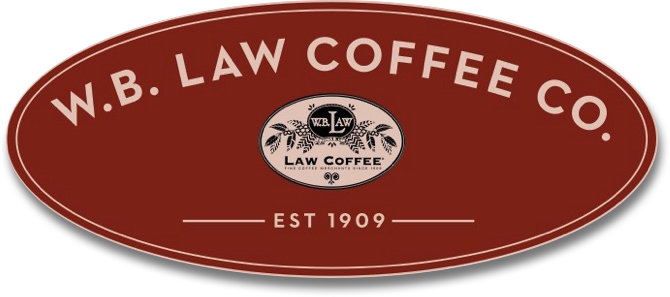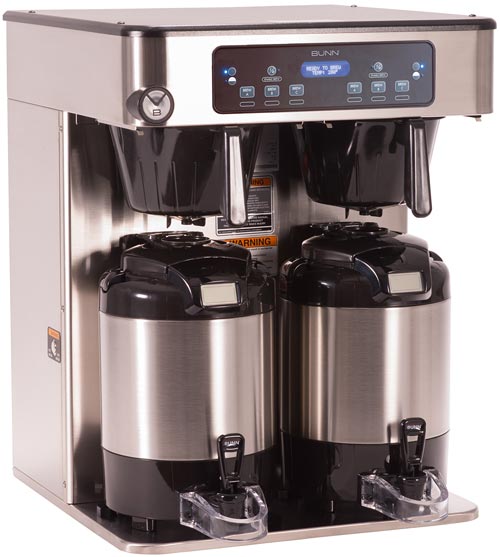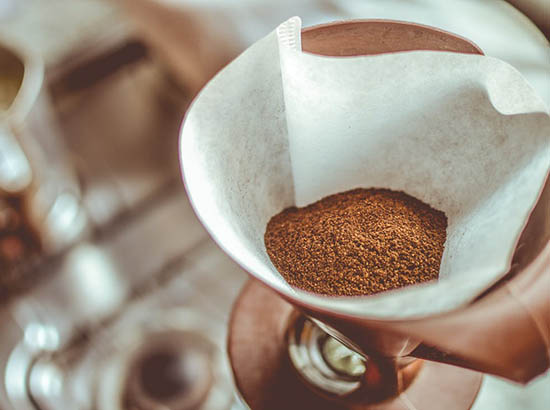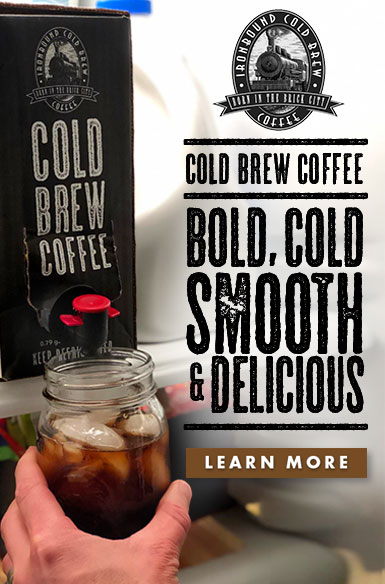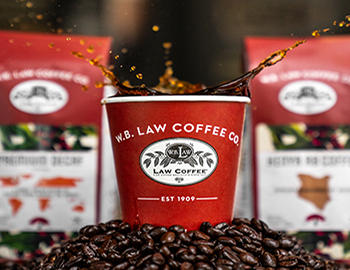You’re opening a café, restaurant, banquet hall, or even a fast casual concept. Coffee in these Roaring Twenties is major category, a category that needs an expert to help you navigate all these modernizations in equipment.
An expert in the coffee industry can’t just be born by reading a book, or sitting at a cupping table. An expert in the coffee industry is made by experiences, positive and negative through the seed to cup process. Mitigate your coffee program risks by listening to experts, because there are many variables to walk through when choosing the right coffee equipment for a restauranteur/retailer. My opinions are not beyond reproach, but the following are a few common scenarios I’ve encountered that may help you find the right decision.
You’re opening a banquet hall/institution that needs to serve 300 guests ALL AT THE SAME TIME.
First, make sure the brewer can brew that much coffee for that service time period. Now this isn’t a sexy solution, but a large traditional 3 or 6 gallon coffee urn that we’ve all seen is the right machine. It brews coffee, and holds it at ~205 degrees F, because the machine itself is one giant water tank holding water at around 205 degrees. All other brewers traditionally hold coffee at 180 degrees.
- Pro Tip: Make sure you have proper volt/amperage for these machines.
So why is higher temperature important? Well because this service generally takes a few minutes, and/or staff will pour into small coffee pitchers. What happens? …. the temperature decreases. Then, they pour the coffee into a ceramic cup at ambient temperature…. What happens? …. the temperature decreases further as heat from coffee transfers to the ceramic cup. Now, 90% of coffee consumers add milk and/or sugar to their coffee. What happens? …. the temperature decreases even further. So by the time a consumer drinks their coffee is lukewarm, not passable for an acceptable cup of coffee.
You’re opening a small café or restaurant and forecasting 100 to 200 cups of drip coffee per day, with only two SKUs, your House/Single Origin & a decaf.
My recommendation at those quantities would be to use a 1 or 1.5 gallon heated satellite/thermal brewer. I’m basing this on encountering waves of customers throughout the day, and these machines heaters/volume are designed for that type of output. Note, coffee has a finite life. Whether you are brewing and holding in a thermal dispenser (insulated and not heated) or heated in a satellite brewer, I think a good ratio to consider is the coffee is good 30-40 minutes per ½ gallon.
- Pro Tip: If you do use a thermal dispenser, PRE-HEAT the server, by running hot water through it so you don’t brew hot coffee in an ambient container.
- Pro Tip 2: If your location will be using ceramic cups, and you’re more food-centric rather than coffee-centric, I would recommend using heated satellite, because if the staff doesn’t rotate the coffee in a thermal dispenser, the coffee will have cooled off the 180 degree temperature. Then more heat will transfer into the ambient ceramic cup and cool off the coffee itself…. Unforgiveable and unmistakable by the consumer.
You’re looking to open a fast casual concept.
You want to cover your base consumers and have a Single Origin/House Coffee, a decaf, a dark roast, then maybe a French Vanilla & Hazelnut option. You estimate the location will be busy with at least 200 cups sold per day. I see this often, and it has red flags all over it.
Let’s break this down: On average, 15% of the sales will are Decaf, French Vanilla & Hazelnut Coffee. That’s 30 cups per day, 10 cups per coffee SKU. So maybe a cup an hour on the tertiary coffees? This comes back to quality control and staff training to make sure they; One, either dump the old coffee, or two, you need to make a business decision and decide if few SKU’s so they rotate more and prepare flavored coffees with syrups or sauces.
There’s one common element between all coffee equipment that not too many people talk about, and it makes up 98% of the beverage. Water. Not all water is equal, each town has water from a different source, or treated differently at the respective water treatment facilities. My core region is the Mid-Atlantic. We encounter everything from water with chlorine, chloramines to hard water. Each impacts the flavor of the coffee, and how the machines can operate, treatable by water filters or softeners. It’s important to look up your water quality drinking report (each town has one and water can impact dish washers as well as flavors in food when cooking or baking). Chloramines (chlorine and ammonia) is now commonly used to cost effectively treat water we drink, which literally rots away steel water tanks in machines. Minerals occurring in water attach themselves in coffee & espresso machines and can wreak havoc (especially espresso machines).
- Pro Tip: if unsure, always put water softeners on espresso machines to avoid voiding the warranty, and monitor softeners usage so you know when to replace.
In closing, one of the most important things to remember is that machines WILL break down one day or simply need recalibrating. So as you choose your right coffee roaster partner, make them make you a believer in their service department as much as their coffee. Choosing a coffee that tastes good in perfect settings is only one part of a successful coffee program, because there are countless other variables once in action that can adjust the coffee to consumer.
When you choose the coffee equipment, make sure to base your decision on: temperature, volume, cups, how the coffee is being served, and staff trainings.
